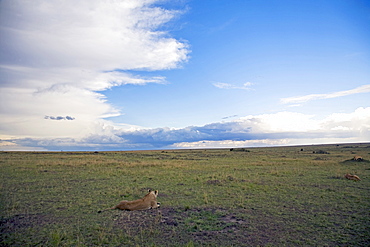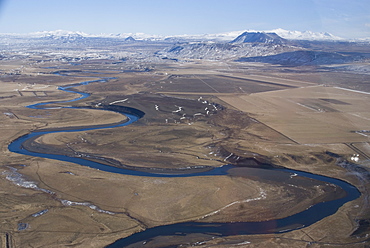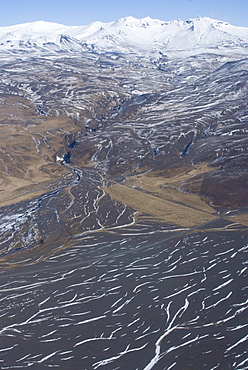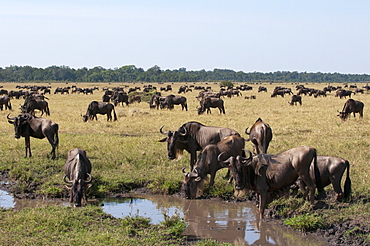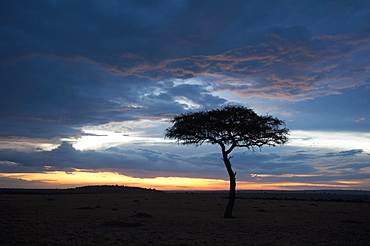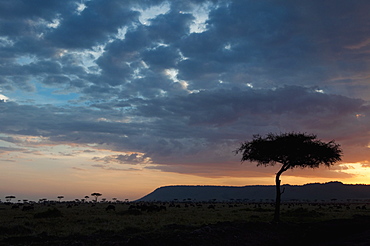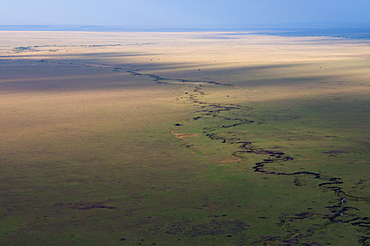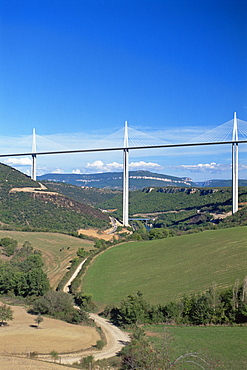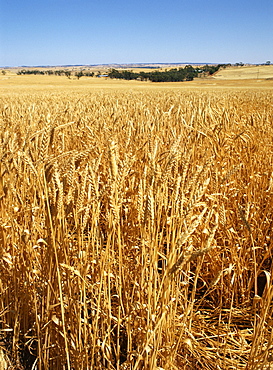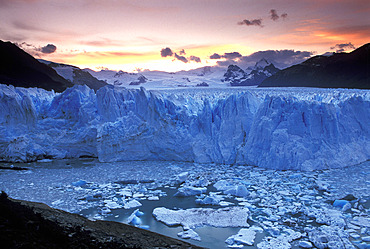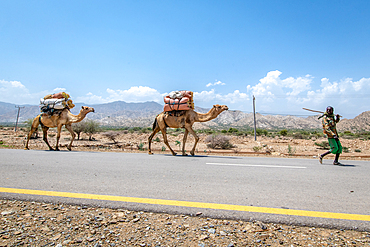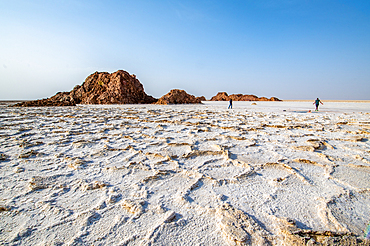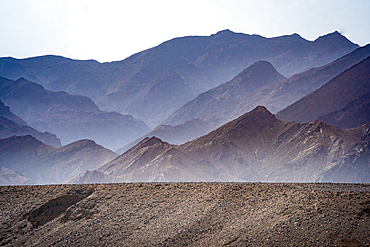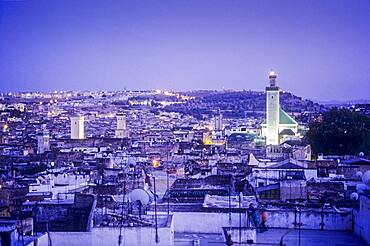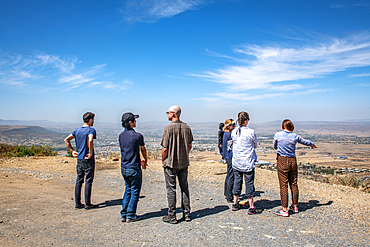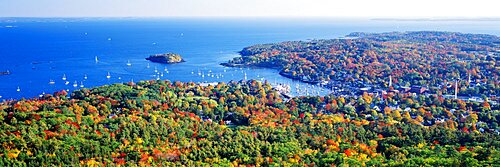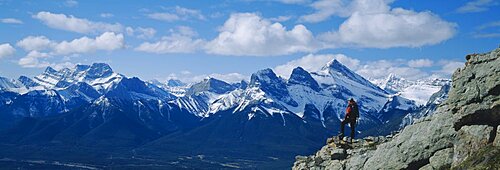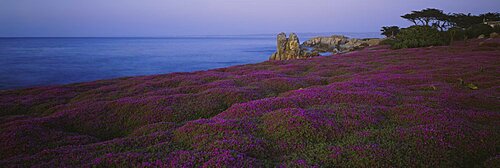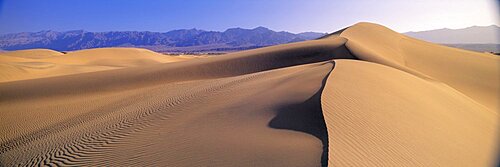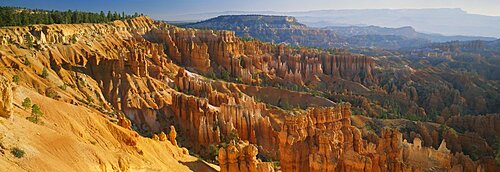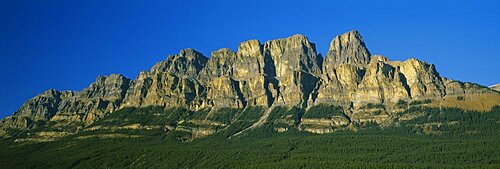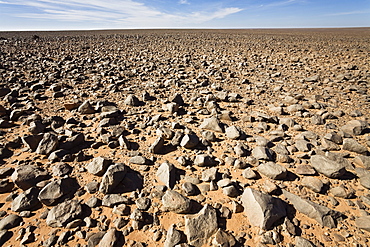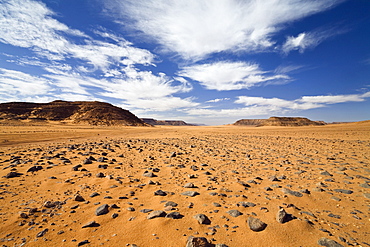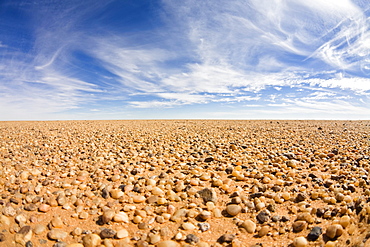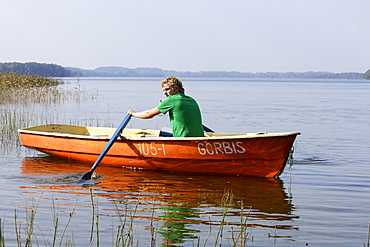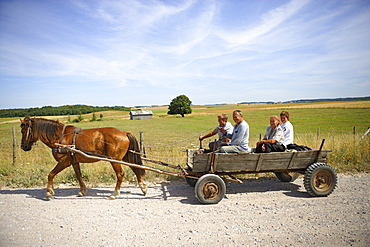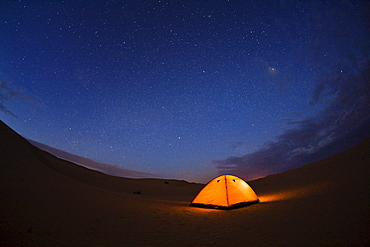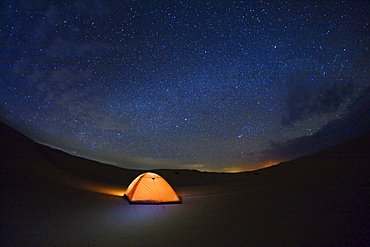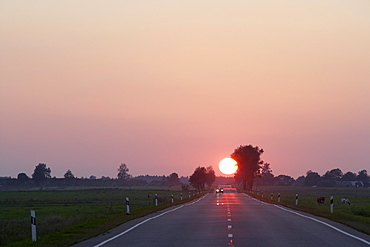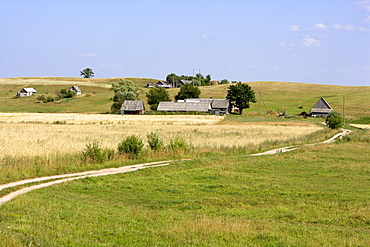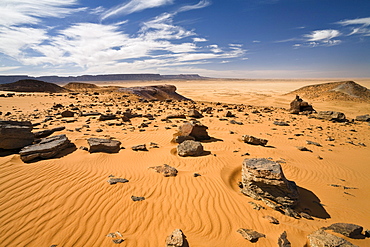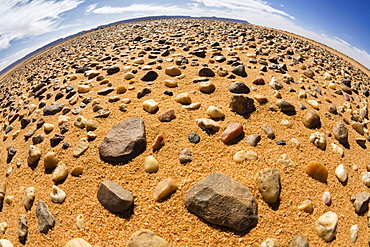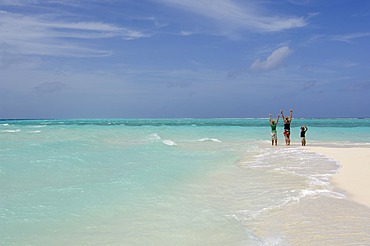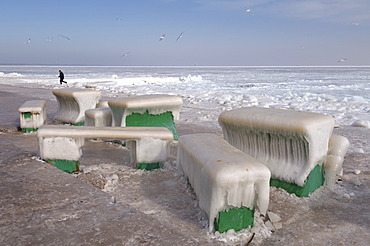Results
« Previous 1 2 3
205 results found
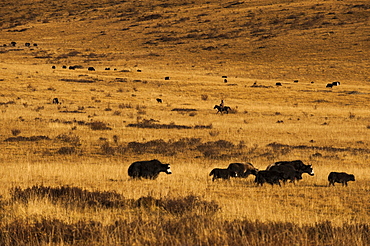
Yaks grazing on the vast open rangelands on the edge of the Tibetan Plateau in Sichuan Province, China, Asia

River leading to Eyjafjallajokull glacier, Mount Hekla behind, South Iceland, Iceland, Polar Regions

Silverswords, a plant unique to Hawaii which flowers once then dies, growing in vast crater of Haleakala, the world's largest dormant volcano, Maui, Hawaii, Hawaiian Islands, United States of America (U.S.A.), North America
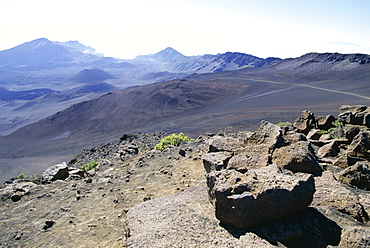
Part of the vast crater of 10023 ft Haleakala, the world's largest dormant volcano, seen from Sliding Sands trail, Maui, Hawaii, Hawaiian Islands, United States of America (U.S.A.), North America
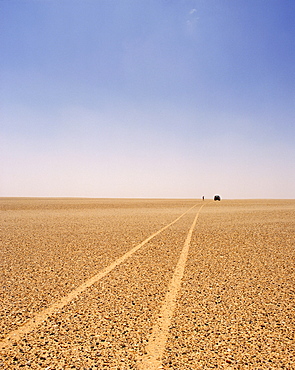
Typical example of the reg, a vast featureless stoney plain, Sahara region, Algeria, North Africa, Africa
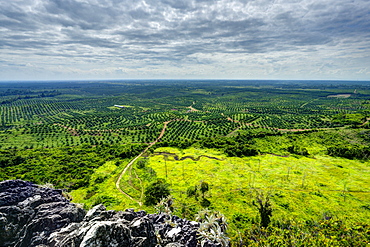
Vast area of oil palm plantations. HDR photo. Kengbeng, East Kutai Regency, East Kalimantan, Borneo, Indonesia, Southeast Asia, Asia
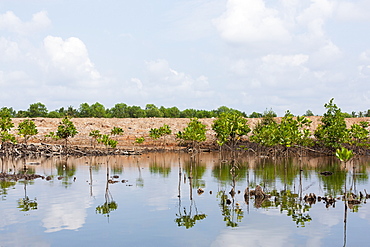
Planting a few seedlings as a compensation for vast destruction of mangroves. Balikpapan Bay, East Kalimantan, Borneo, Indonesia, Southeast Asia, Asia
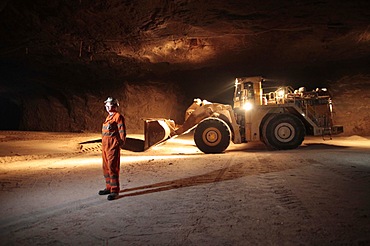
Mining grit salt is very different to the traditional image of cramped dark areas and men with pickaxes! The nature of grit salt mines mean they resemble vast caverns, up to 20 metres wide.

Mining grit salt is very different to the traditional image of cramped dark areas and men with pickaxes! The nature of grit salt mines mean they resemble vast caverns, up to 20 metres wide. .
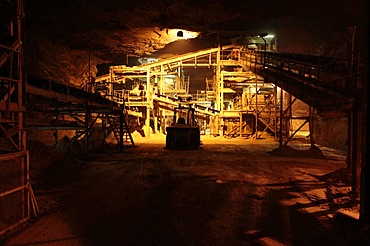
Mining grit salt is very different to the traditional image of cramped dark areas and men with pickaxes! The nature of grit salt mines mean they resemble vast caverns, up to 20 metres wide.
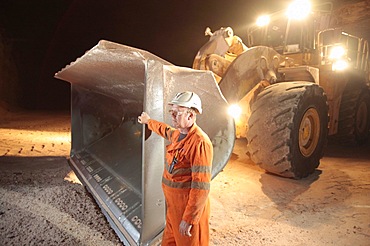
Mining grit salt is very different to the traditional image of cramped dark areas and men with pickaxes! The nature of grit salt mines mean they resemble vast caverns, up to 20 metres wide.
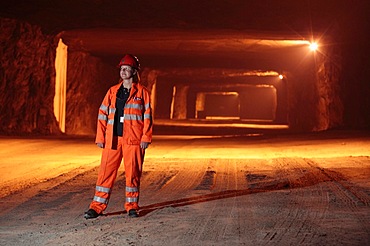
Mining grit salt is very different to the traditional image of cramped dark areas and men with pickaxes! The nature of grit salt mines mean they resemble vast caverns, up to 20 metres wide. .

Mining grit salt is very different to the traditional image of cramped dark areas and men with pickaxes! The nature of grit salt mines mean they resemble vast caverns, up to 20 metres wide. .
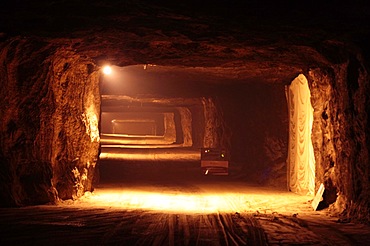
Mining grit salt is very different to the traditional image of cramped dark areas and men with pickaxes! The nature of grit salt mines mean they resemble vast caverns, up to 20 metres wide.
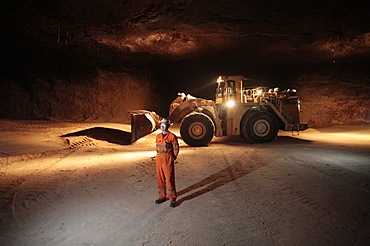
Mining grit salt is very different to the traditional image of cramped dark areas and men with pickaxes! The nature of grit salt mines mean they resemble vast caverns, up to 20 metres wide.
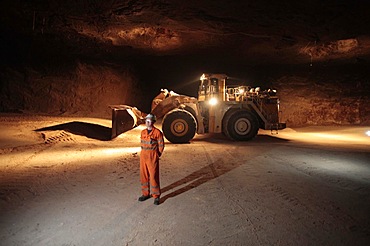
Mining grit salt is very different to the traditional image of cramped dark areas and men with pickaxes! The nature of grit salt mines mean they resemble vast caverns, up to 20 metres wide.

Mining grit salt is very different to the traditional image of cramped dark areas and men with pickaxes! The nature of grit salt mines mean they resemble vast caverns, up to 20 metres wide. .
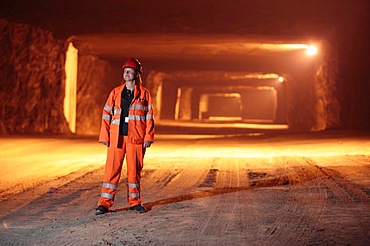
Mining grit salt is very different to the traditional image of cramped dark areas and men with pickaxes! The nature of grit salt mines mean they resemble vast caverns, up to 20 metres wide. .
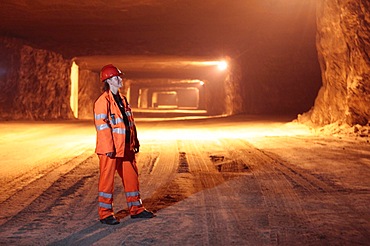
Mining grit salt is very different to the traditional image of cramped dark areas and men with pickaxes! The nature of grit salt mines mean they resemble vast caverns, up to 20 metres wide. .

Mining grit salt is very different to the traditional image of cramped dark areas and men with pickaxes! The nature of grit salt mines mean they resemble vast caverns, up to 20 metres wide.
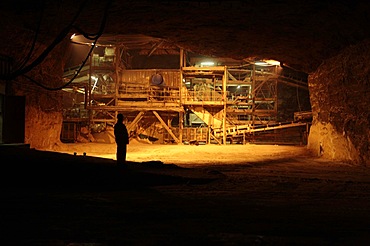
Mining grit salt is very different to the traditional image of cramped dark areas and men with pickaxes! The nature of grit salt mines mean they resemble vast caverns, up to 20 metres wide.

A lone tree stands on a bank overlooking a vast valley and mountain range many miles away. Sunny day with blue sky in the Alaskan Interior. The Interior, Alaska, USA

Mexican aztec dress gods at Grand Palladium White Sand Resort and Spa in Riviera Maya, Yucatan Peninsula, Quintana Roo, Caribbean Coast, Mexico.
Aztec clothing was generally loose fitting and did not completely cover the body. When the Spanish arrived in Mexico, the people were surprised to see them in their full armour, with only their faces exposed.
Aztec clothes were generally made of cotton (which was imported) or ayate fiber, made from the Maguey Cactus (also called the Century Plant or American Aloe). Women would weave the fibers into clothing, a task girls were taught as young teenagers. Because of their vast trading network, the Aztecs were able to make use of a beautiful array of dyes, creating the brilliant

Mexican aztec dress gods at Grand Palladium White Sand Resort and Spa in Riviera Maya, Yucatan Peninsula, Quintana Roo, Caribbean Coast, Mexico.
Aztec clothing was generally loose fitting and did not completely cover the body. When the Spanish arrived in Mexico, the people were surprised to see them in their full armour, with only their faces exposed.
Aztec clothes were generally made of cotton (which was imported) or ayate fiber, made from the Maguey Cactus (also called the Century Plant or American Aloe). Women would weave the fibers into clothing, a task girls were taught as young teenagers. Because of their vast trading network, the Aztecs were able to make use of a beautiful array of dyes, creating the brilliant

Vast panorama of the snow-covered North West Highlands overlooking the summits of Sgurr Dubh, Liathach and Beinn Eighe (from left) over the Loch Clair in winter, Scotland, United Kingdom
